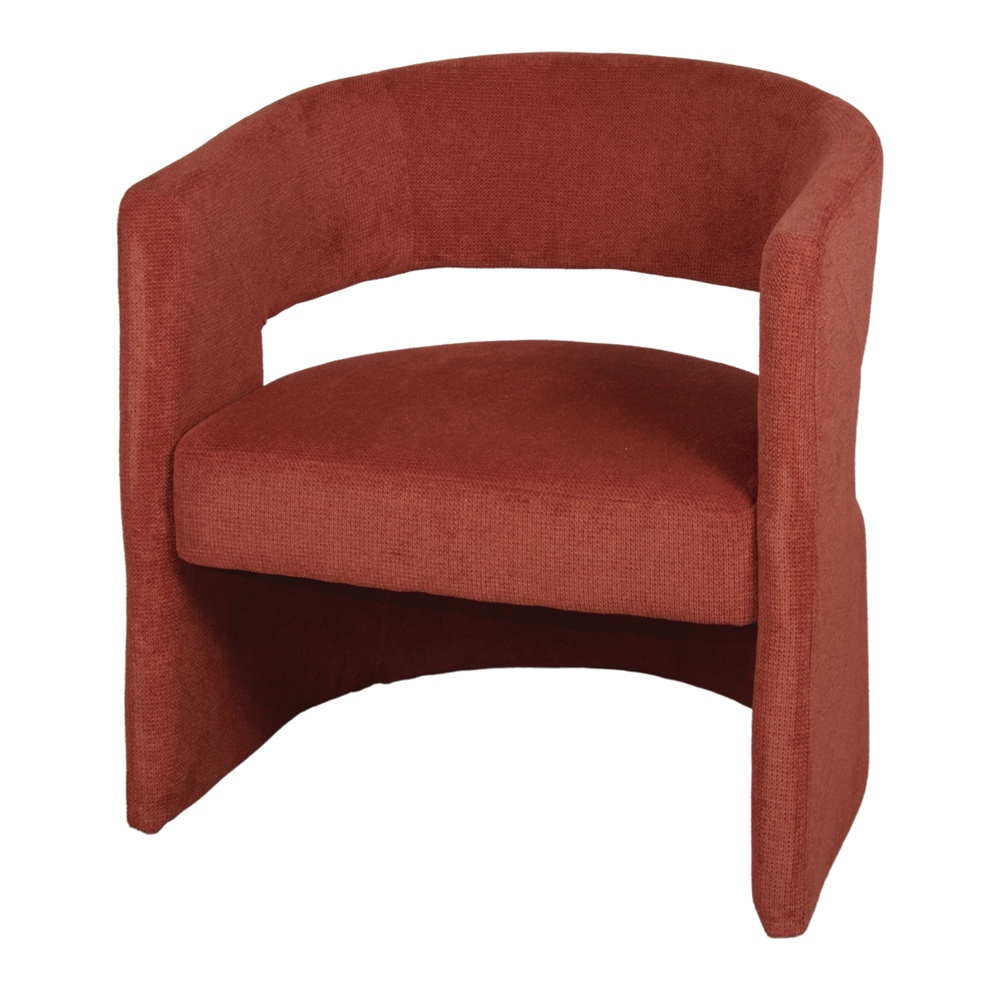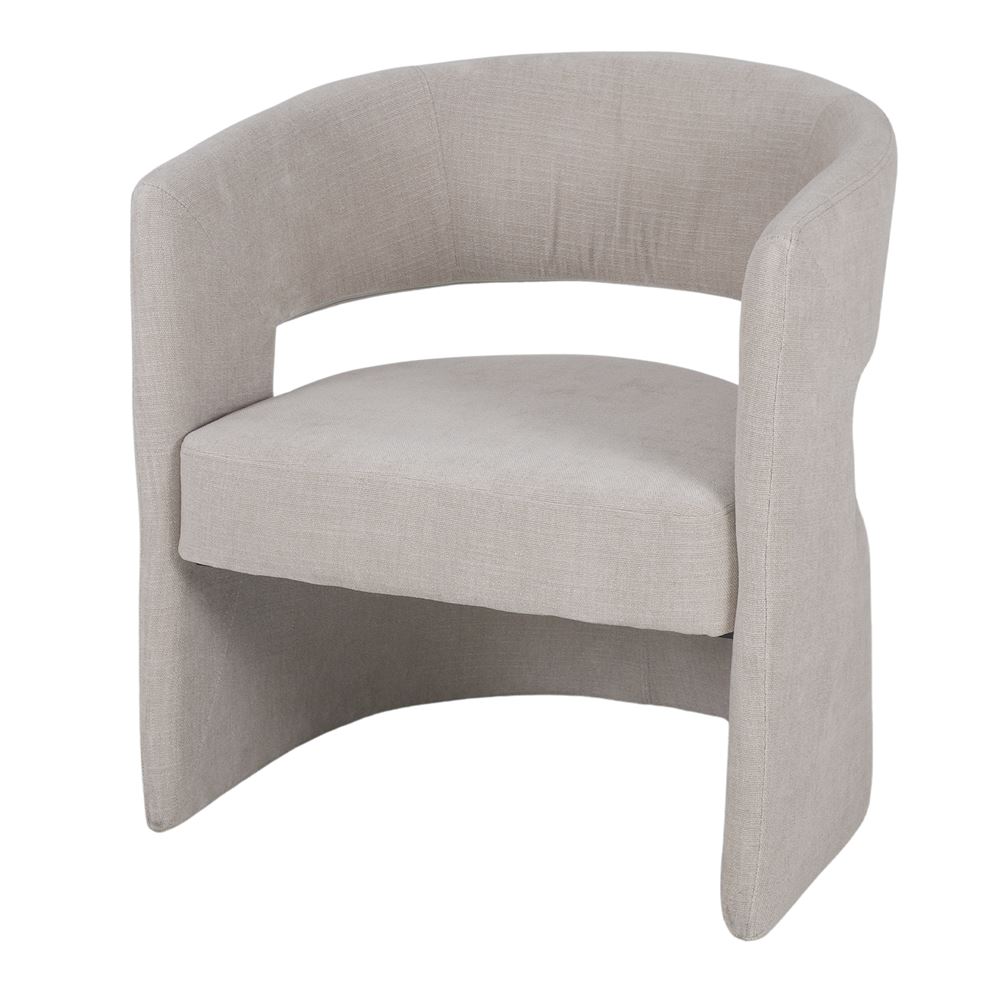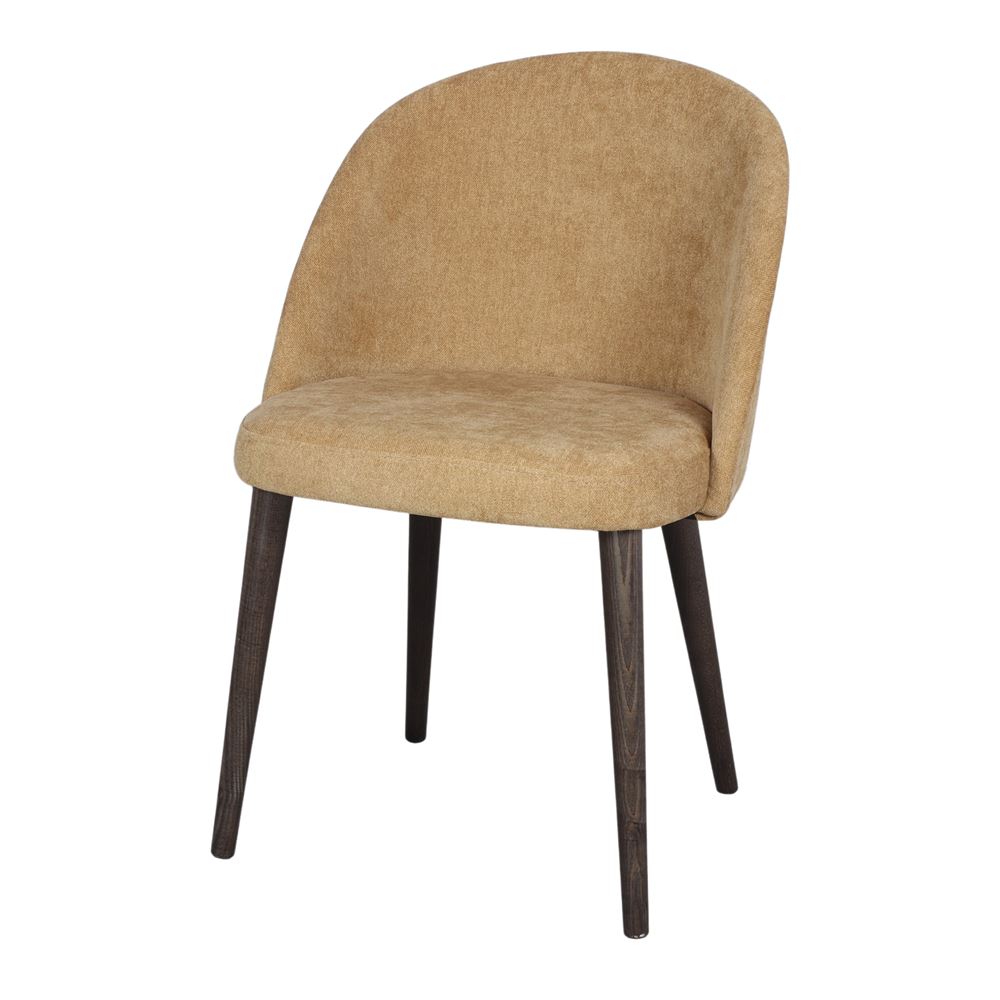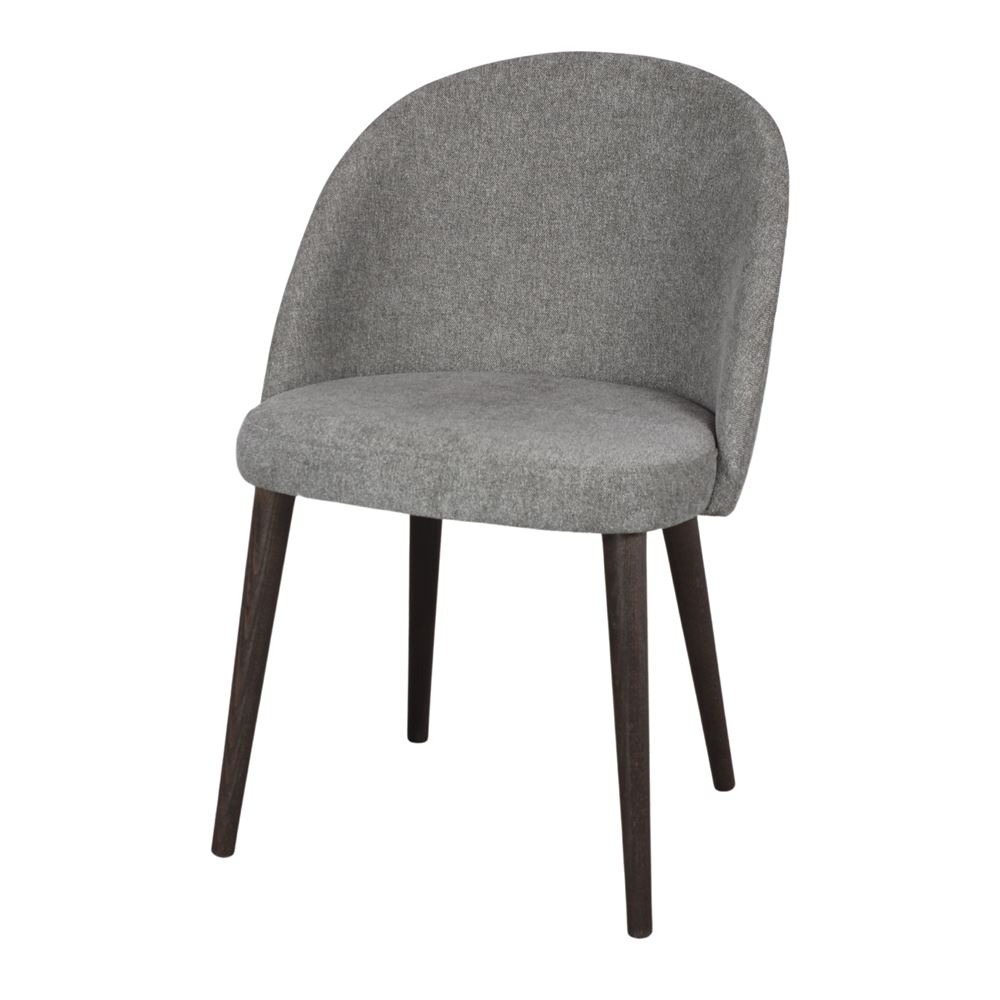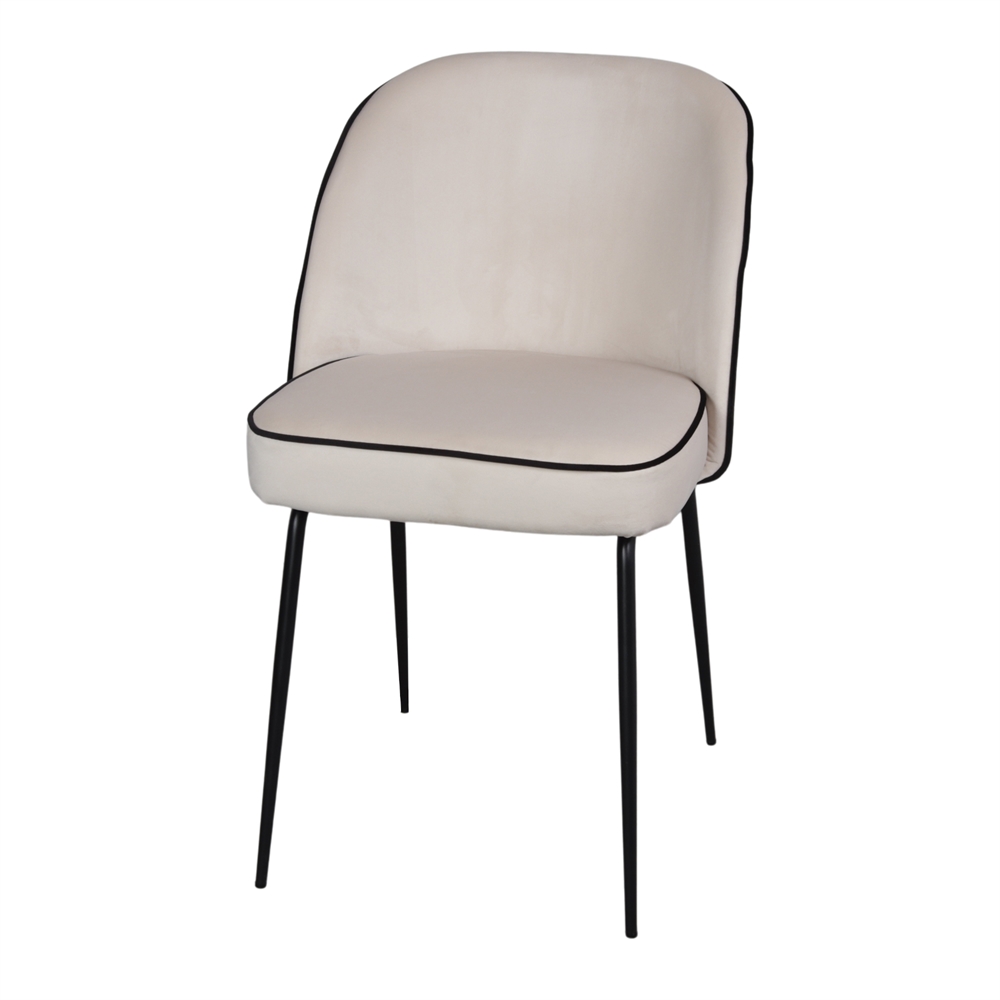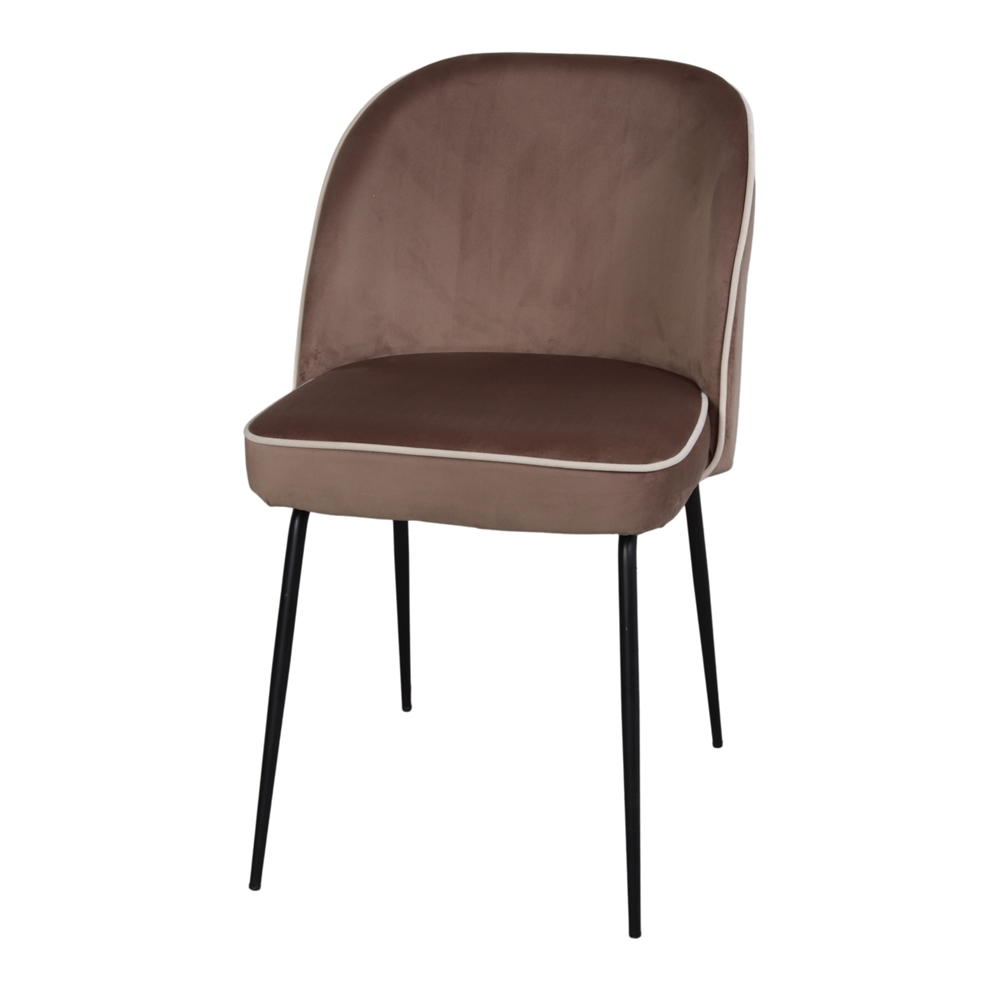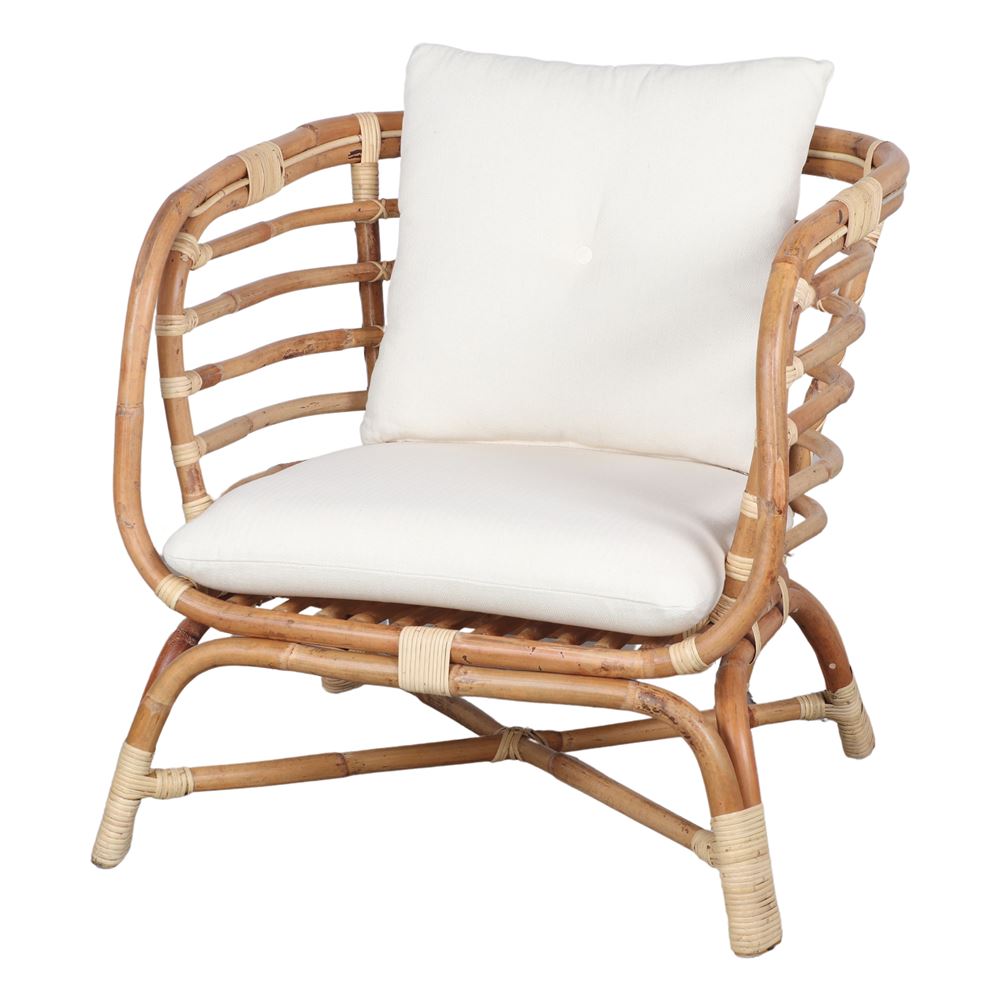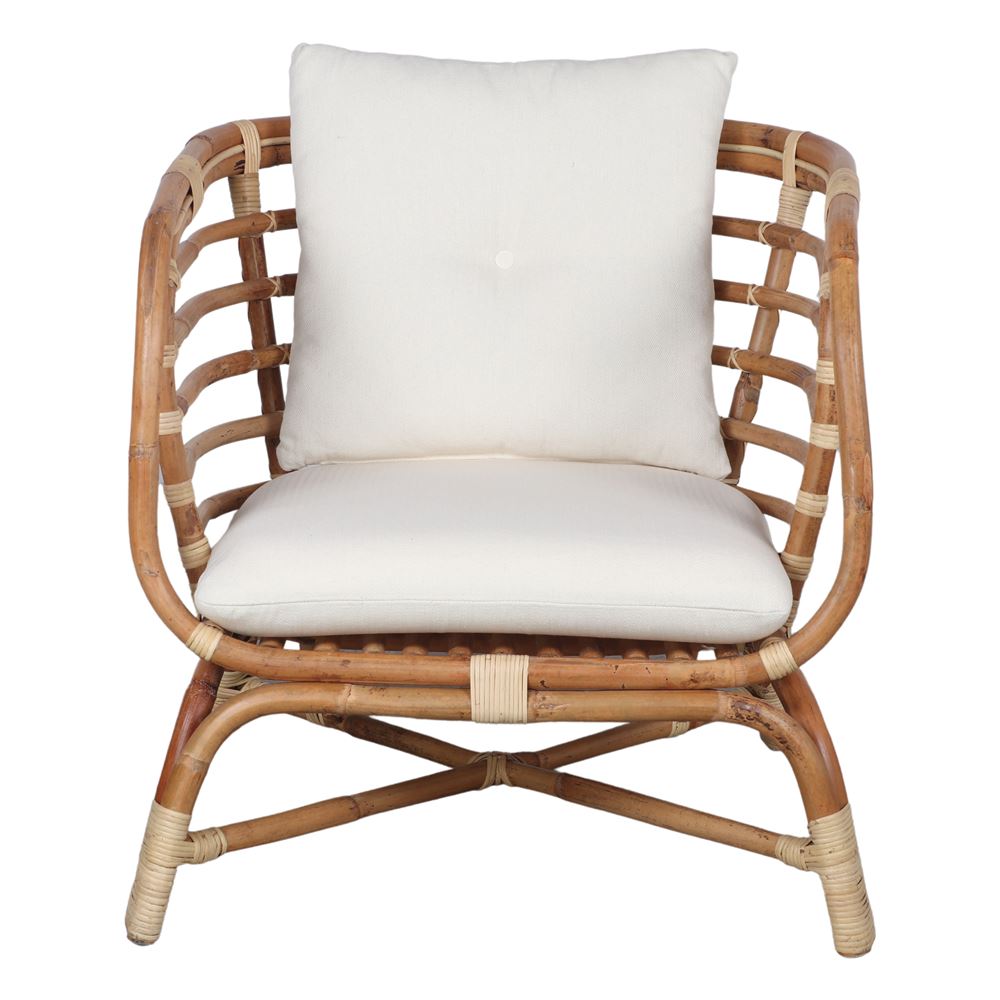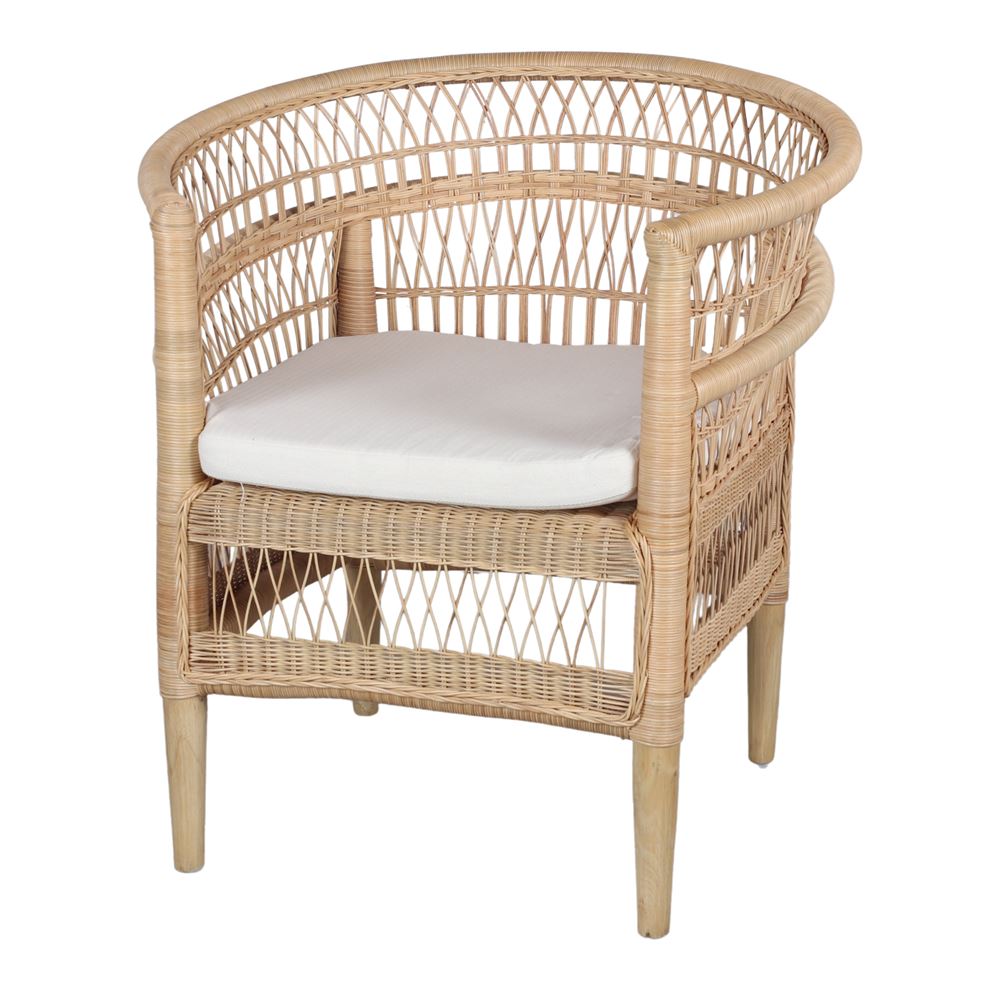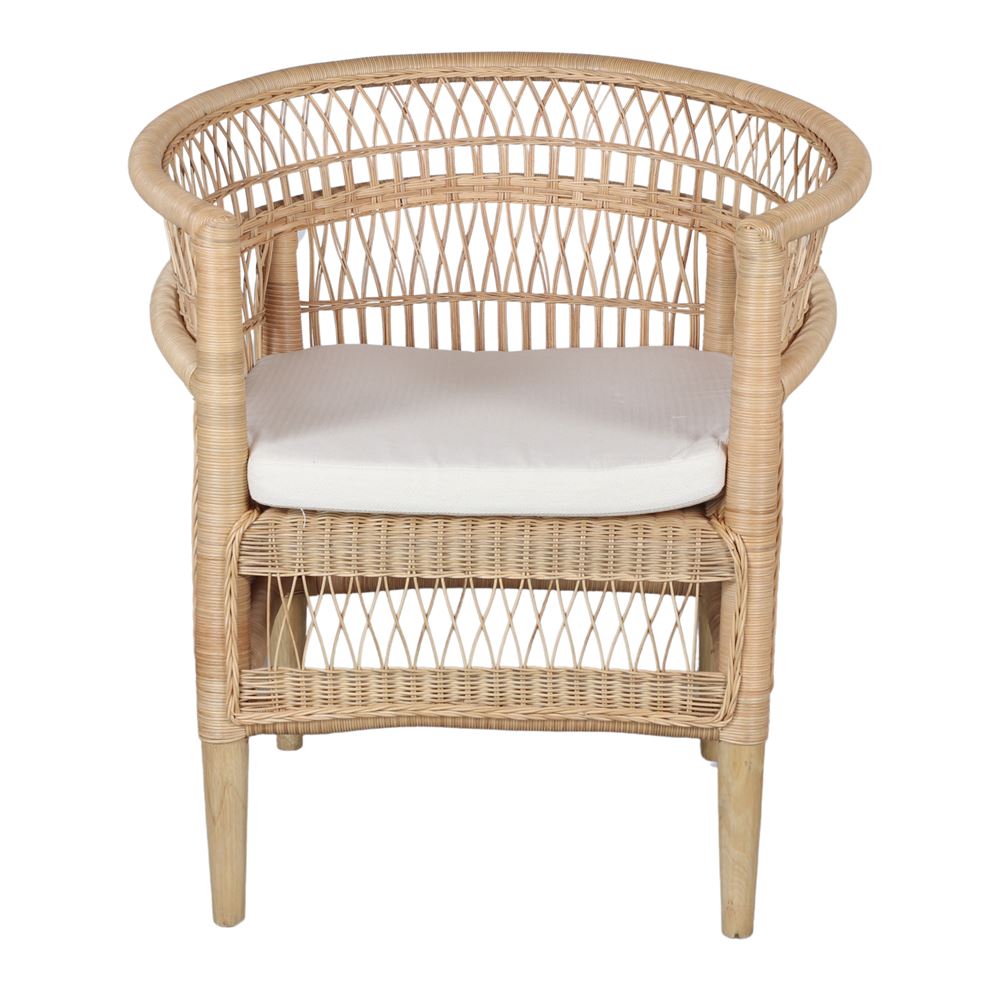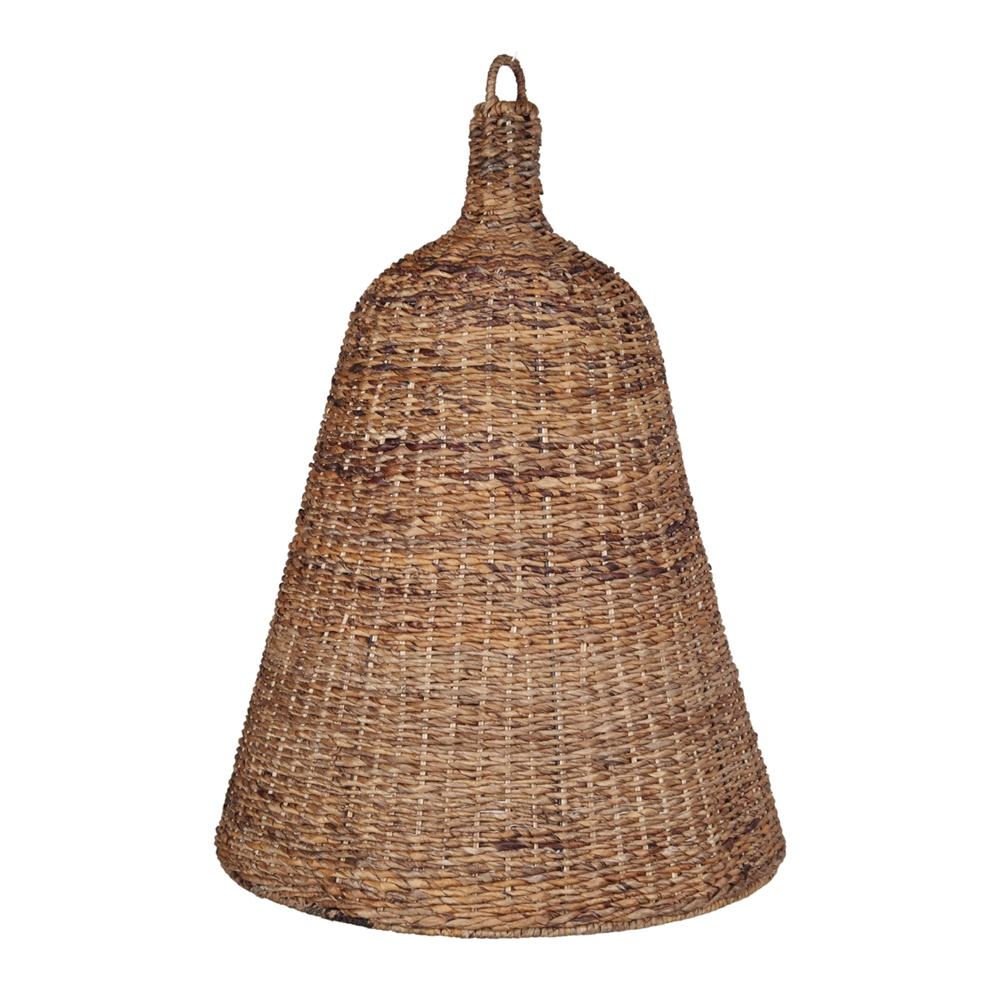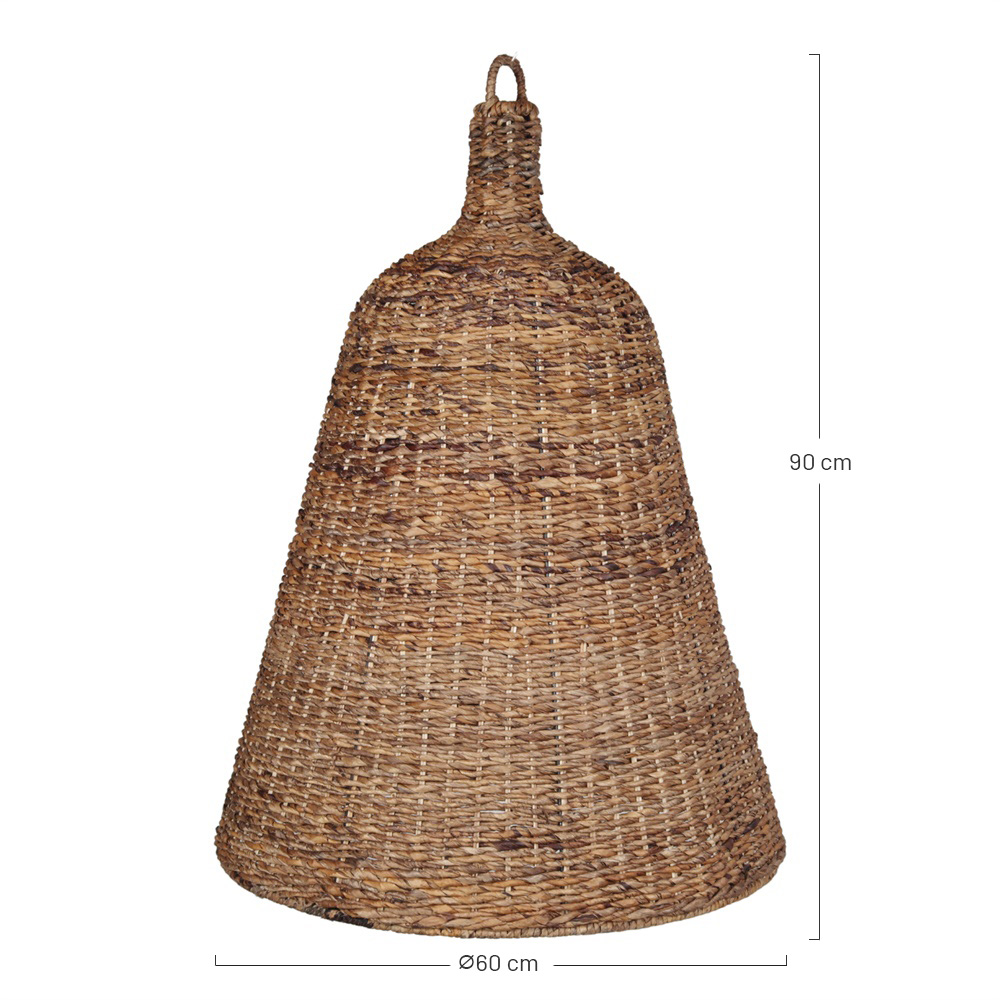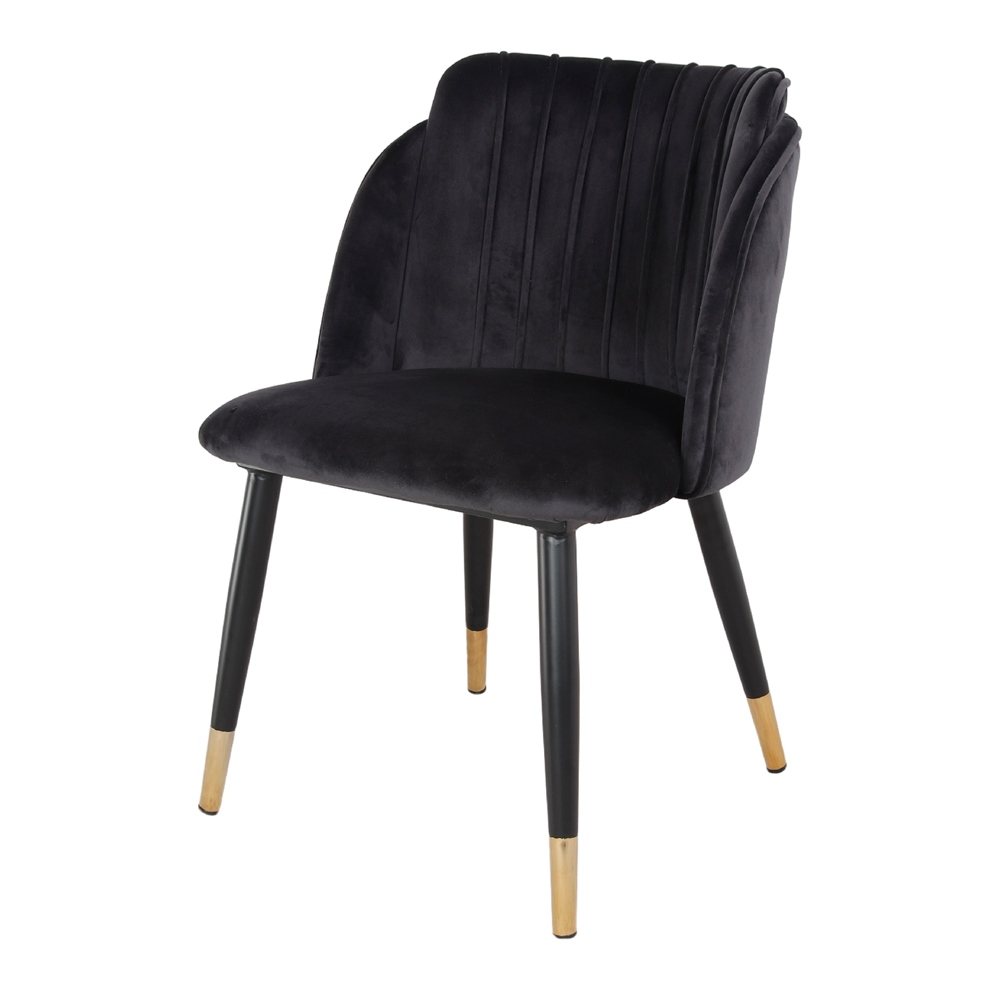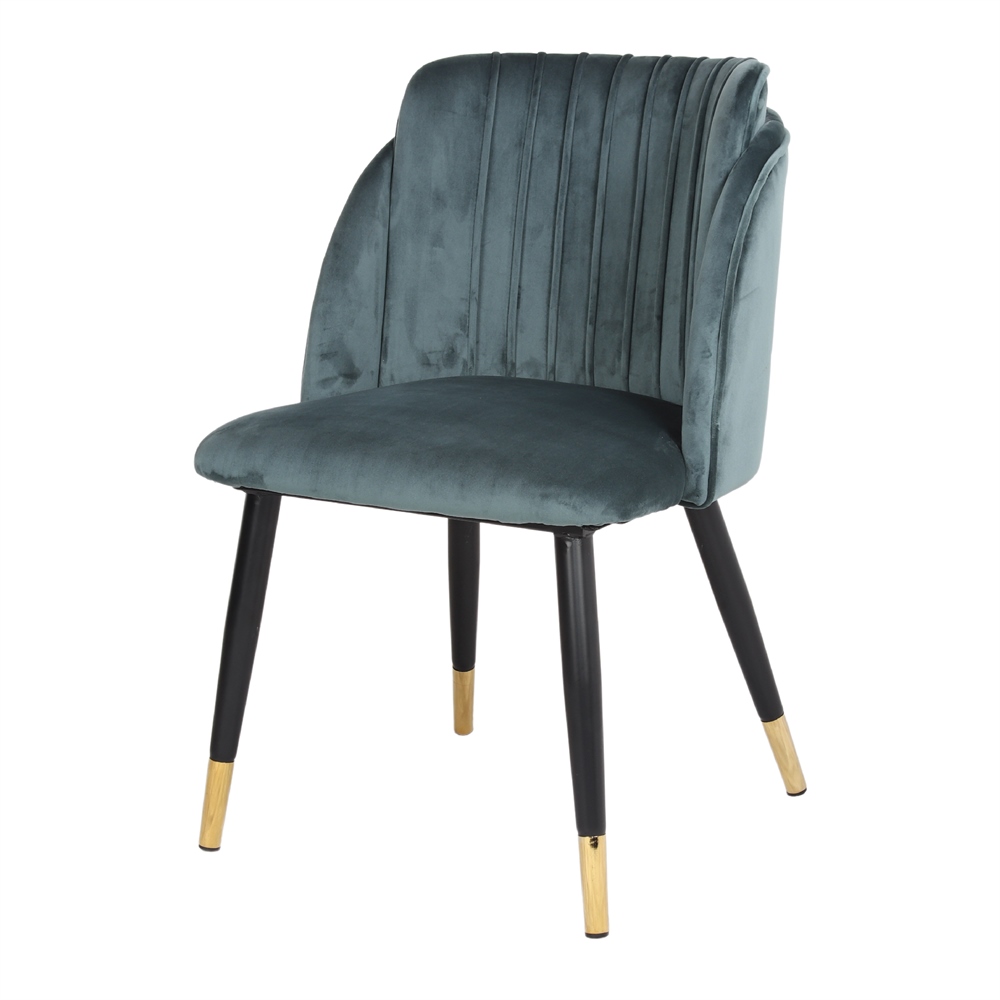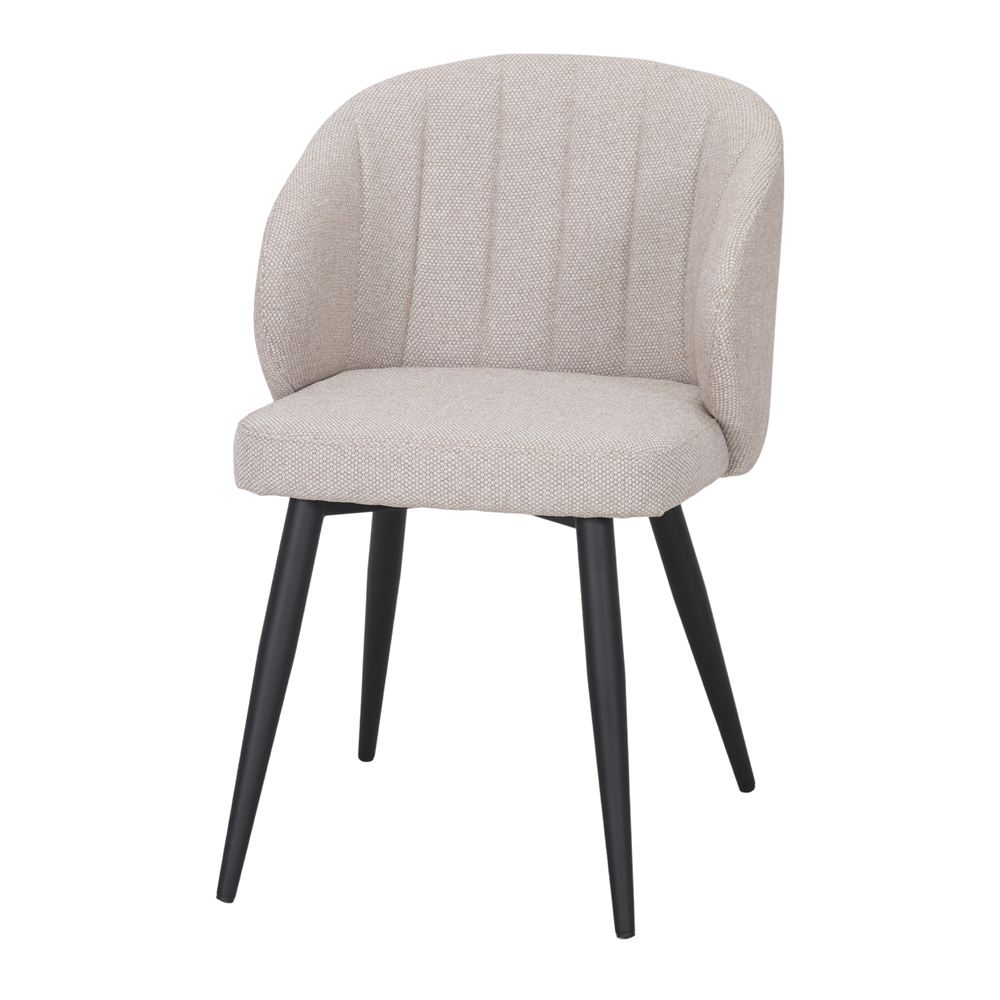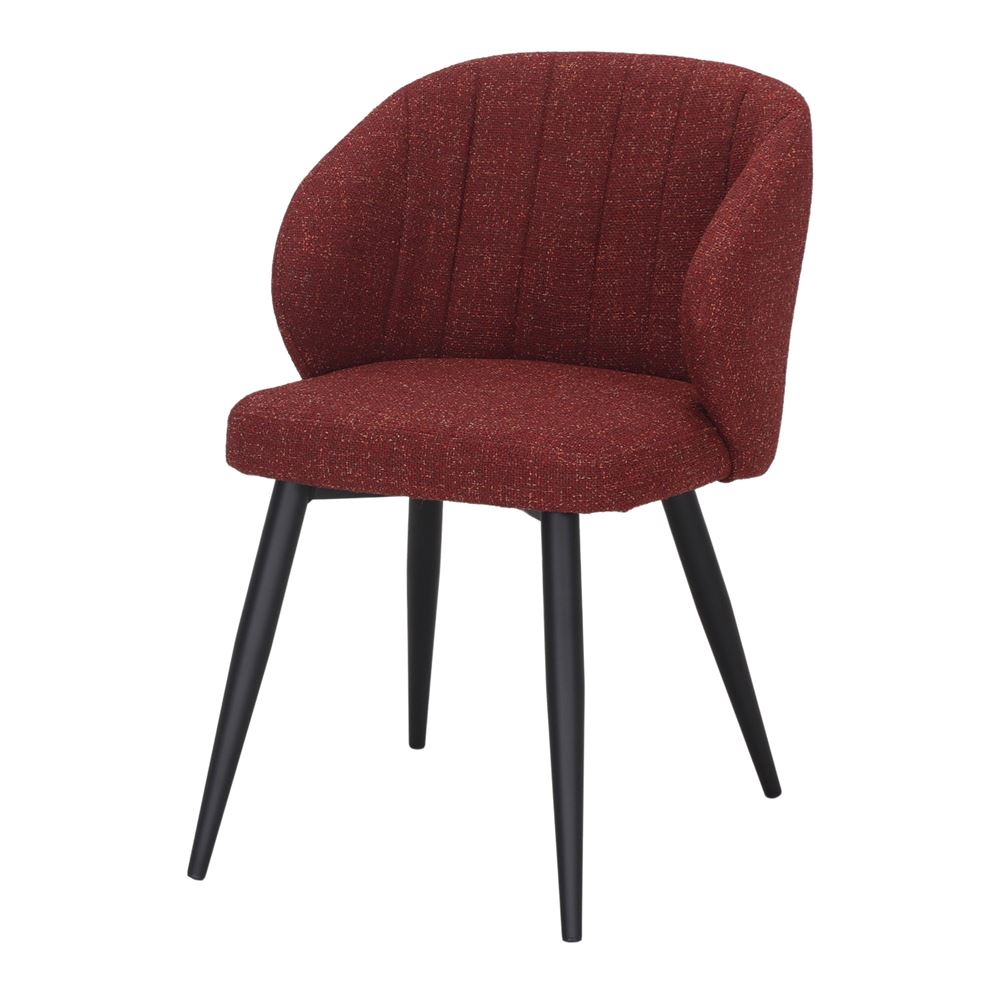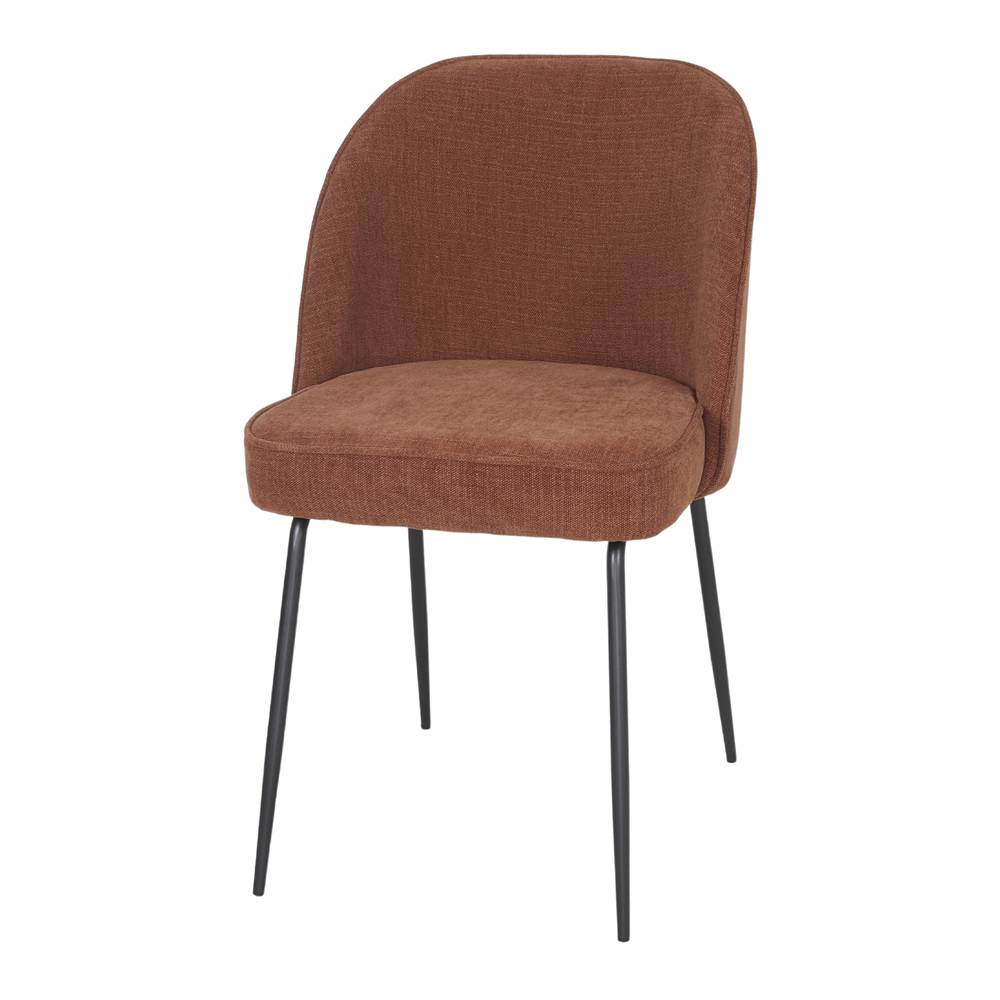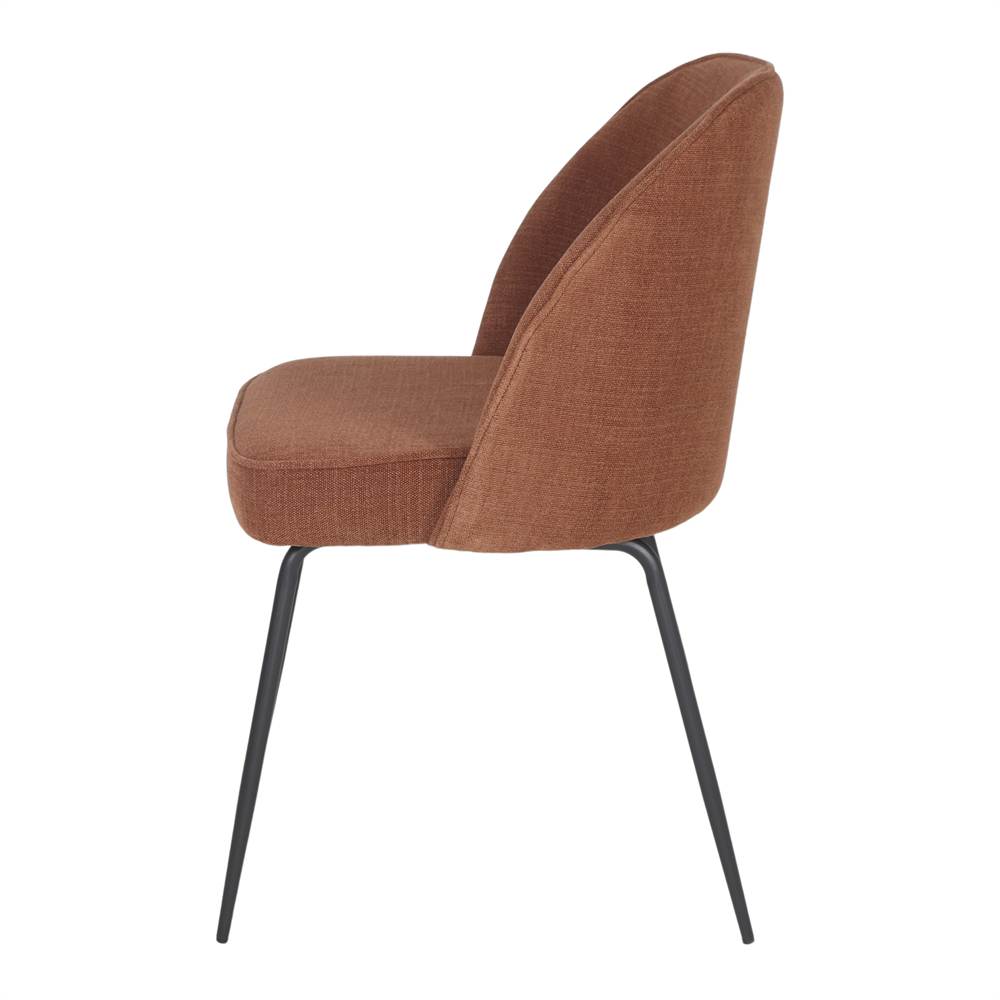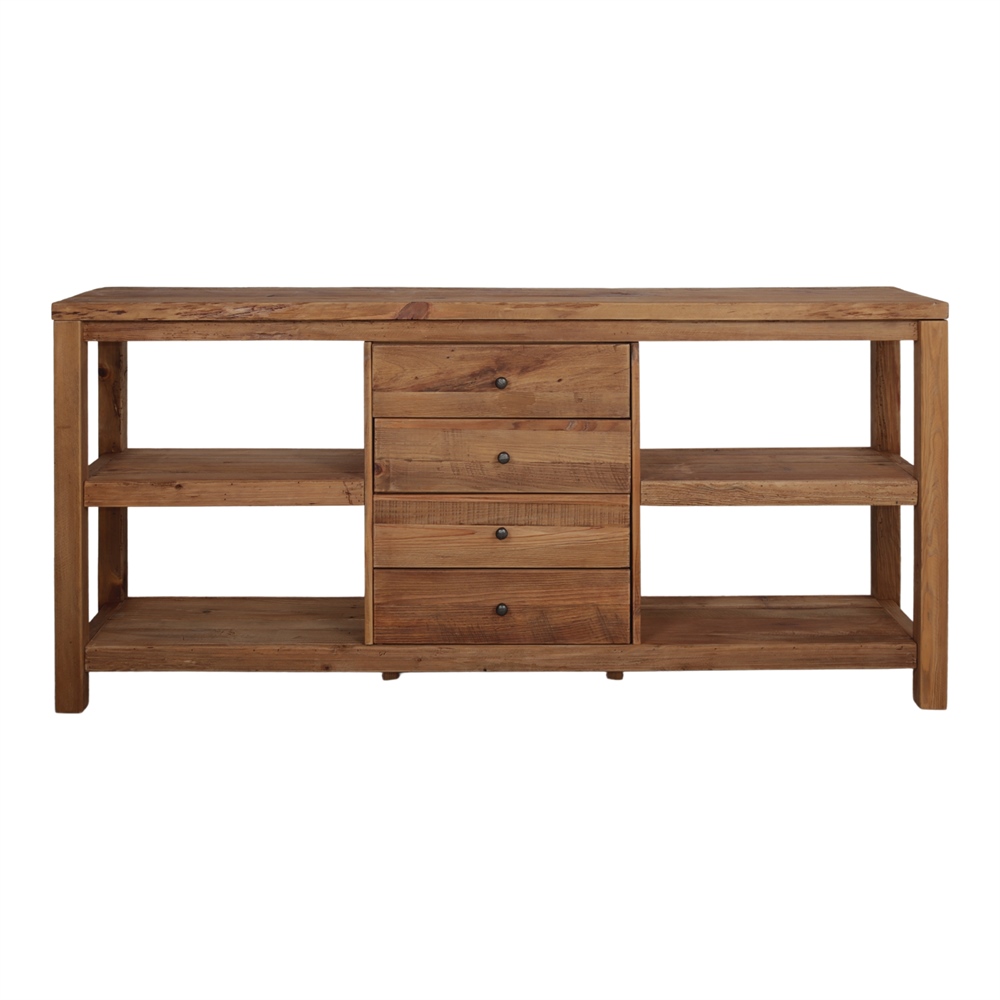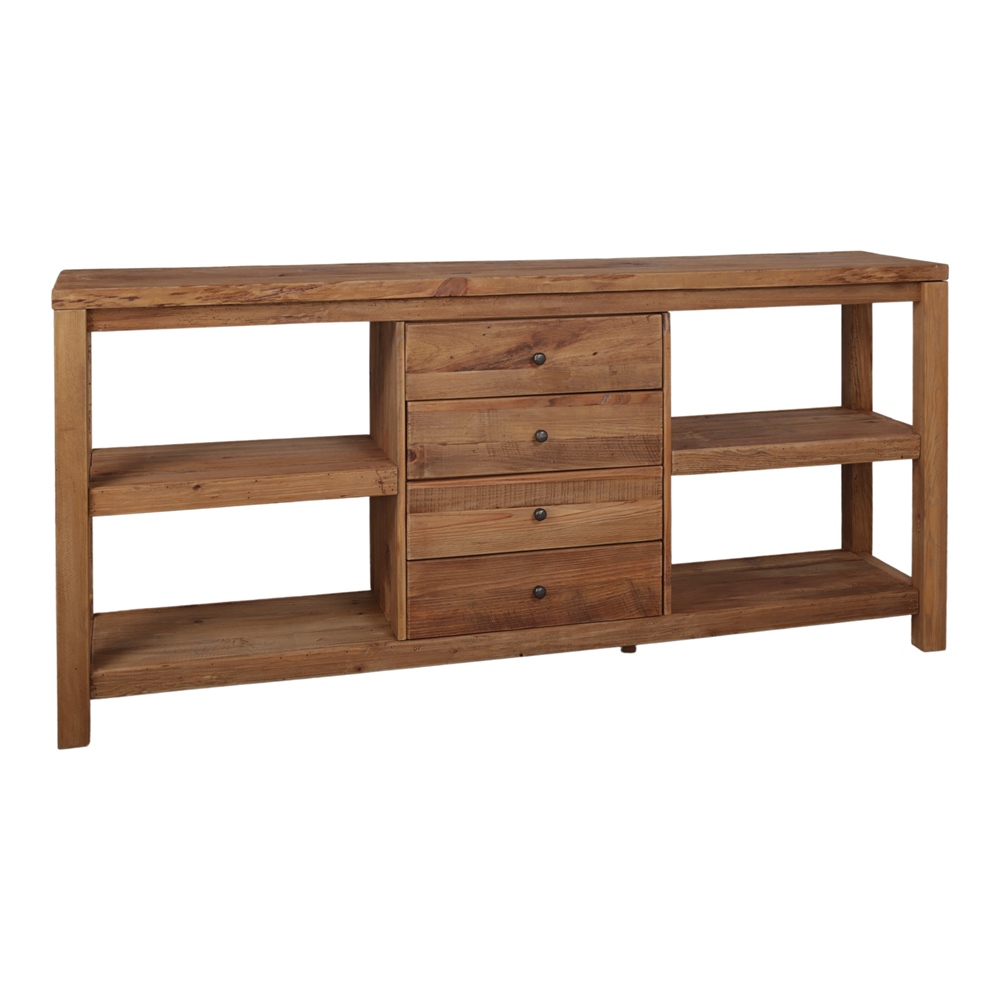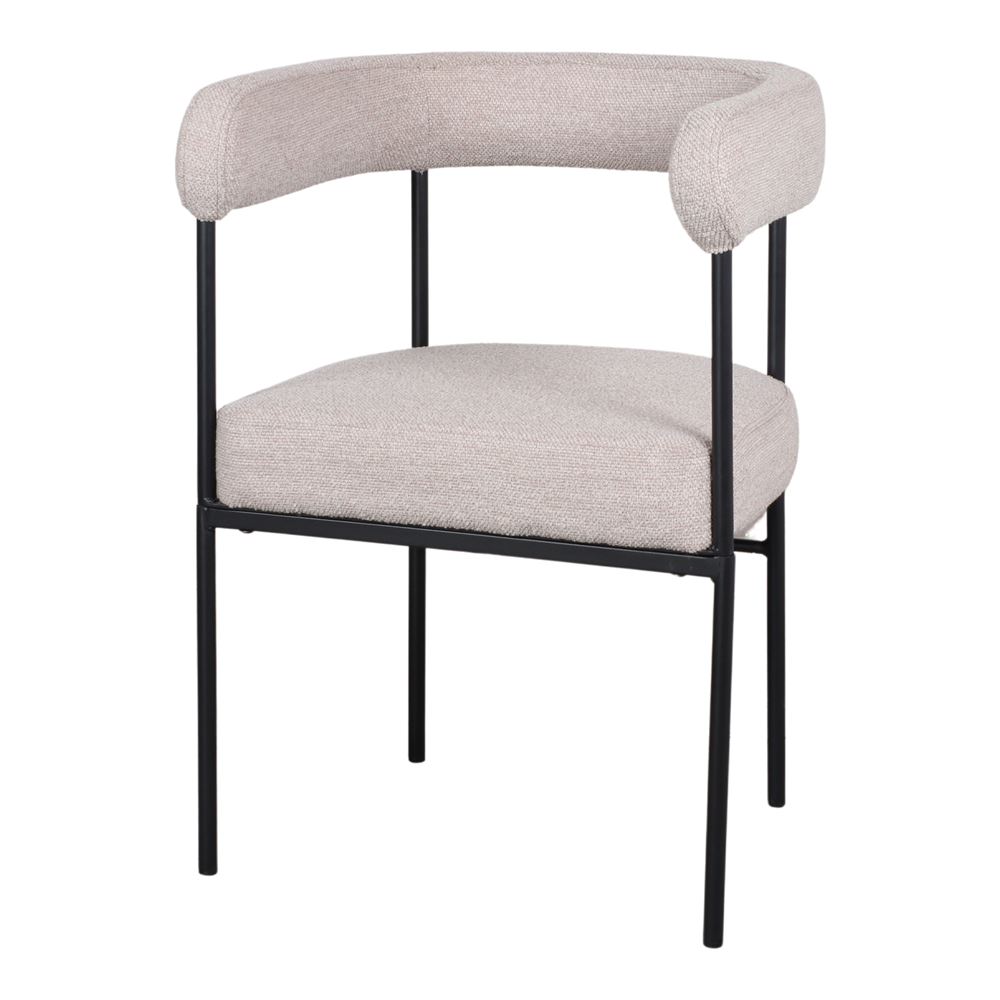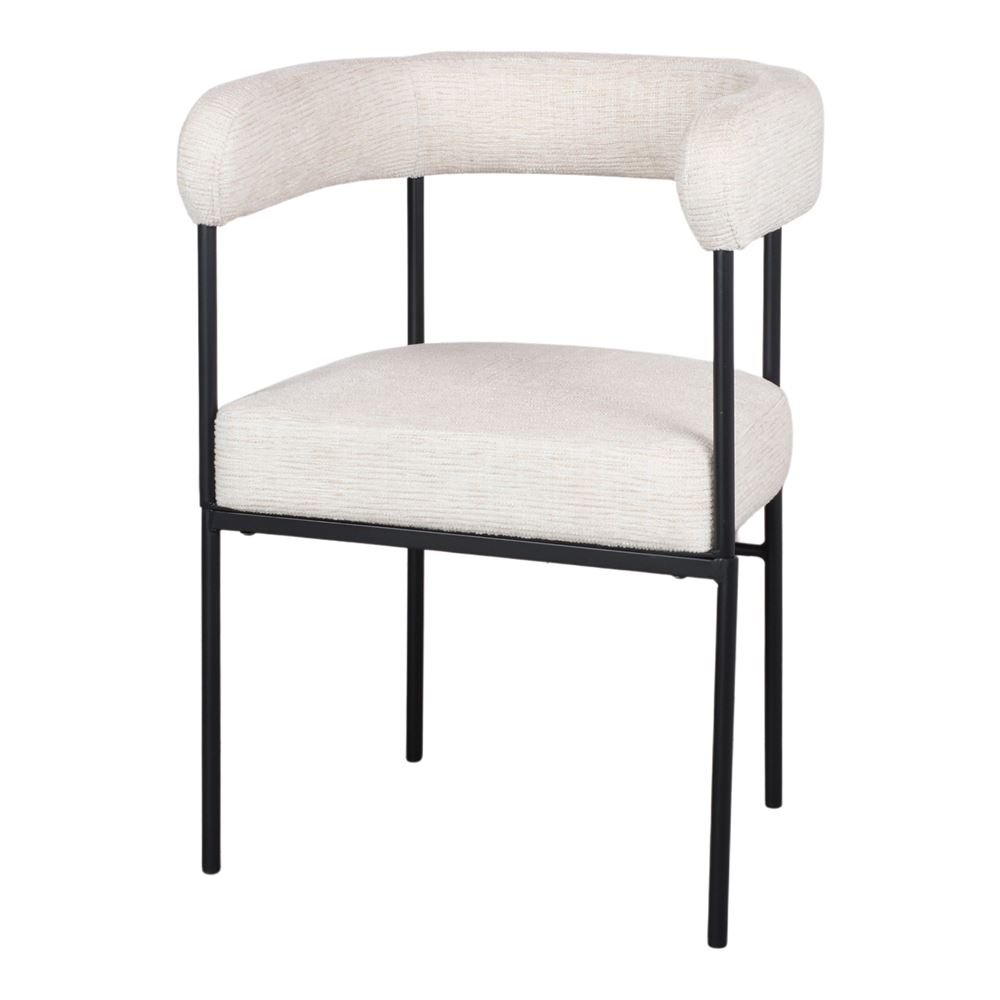Hotel Furniture
Hotel furniture plays a crucial role in the guest experience, as it not only contributes to the aesthetics and comfort of the rooms, but also reflects the identity and style of the establishment. In this text, we will explore the most commonly used furniture, the preferred materials for its manufacture, the typical layout in the rooms and the hall.
TESIA UPHOLSTERED ARMCHAIR
In stock
✔ En stock
168,19€ – 289,19€Price range: 168,19€ through 289,19€ERIKA UPHOLSTERED CHAIR
In stock
✔ En stock
226,27€ – 263,78€Price range: 226,27€ through 263,78€ARTAKEN UPHOLSTERED CHAIR
In stock
✔ En stock
77,44€ – 114,95€Price range: 77,44€ through 114,95€SEKEN UPHOLSTERED CHAIR
In stock
✔ En stock
95,59€ – 111,32€Price range: 95,59€ through 111,32€What are the most used furniture in hotels?
First of all, the most commonly used furniture in hotel rooms usually includes the bed, closet, nightstand, desk, chair, sofa or armchair, and in some cases, a dresser or vanity. These essentials are designed to offer comfort and functionality, as well as to maximize the available space in the room.
In terms of materials, hotel furniture is usually made from a combination of durable woods, such as oak, walnut or cherry, which add warmth and elegance to the space. However, modern and resistant materials such as stainless steel, aluminum and glass are also used, especially in furniture such as tables and desks. In addition, high-quality upholstery, such as leather or durable fabrics, are used to add comfort and style to sofas, chairs and armchairs.
For hotel restaurants, tables, chairs and stools are essential, to create a warm atmosphere in this area is essential, so that the guest is the best possible. It is therefore recommended that the hotel furniture in the restaurant area meets the main objective of comfort and convenience.
Hotel furniture, space optimization
As for the distribution of furniture in the bedrooms, the aim is to optimize space and create a cozy and functional environment. Generally, the bed is placed in the center of the room, with the bedside tables on either side and the closet nearby for easy access to clothes and personal items. The desk and chair are usually placed in a corner, providing a comfortable space for working or reading, while the sofa or armchair is strategically placed to provide an additional resting place. The layout may vary according to the size and layout of the room, as well as the hotel’s preferences for design and functionality.
In the hotel lobby, furniture often serves both a practical and decorative function. Sofas, armchairs and side tables are strategically placed to create seating and meeting areas, while reception furniture, such as counters and desks, are designed to facilitate guest check-in and provide information about hotel services. The lighting, colors and materials of the furniture in the lobby often reflect the hotel’s image and style, creating a memorable first impression for visitors.
In short, hotel furniture plays a key role in creating a welcoming, functional and aesthetically pleasing environment for guests. Whether in the rooms or in the lobby, choosing the right furniture and materials is key to ensuring a satisfying and memorable experience for guests.



